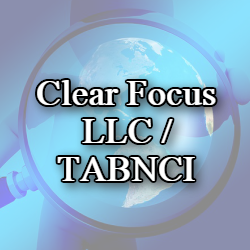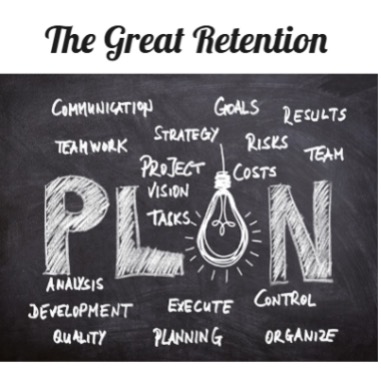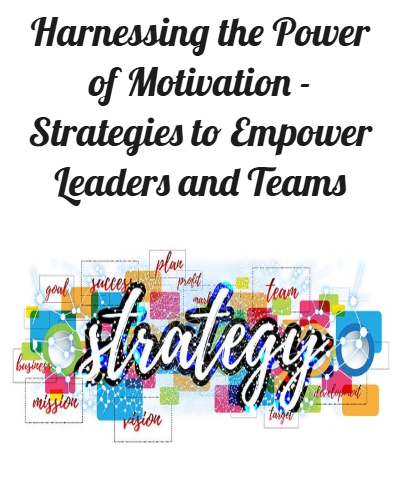In the evolving landscape of modern business, retaining top talent has become as critical as attracting it. The concept of the “Great Retention” emphasizes the importance of not only drawing skilled professionals into an organization but also implementing effective strategies to keep them engaged, satisfied, and committed.
Below are key strategies to enhance employee retention:
- Comprehensive Onboarding and Orientation
A structured onboarding process is essential for integrating new hires into the company culture and setting clear expectations. Effective onboarding can increase new hire retention by 25% and boost productivity. By including multi-science assessments in the selection process, like Motivators, the 12 Driving Forces, or Acumen like Trimetrix HD, these can later be used for professional development and effective career planning.
- Mentorship and Professional Development
Establishing mentorship programs connects less experienced employees with seasoned professionals, fostering knowledge transfer and career growth. Providing avenues for professional development keeps employees engaged and demonstrates the organization’s investment in their future.
- Competitive Compensation and Benefits
Offering fair and competitive salaries is fundamental, but augmenting compensation with unique benefits can set an organization apart. ** Innovative perks such as “pawternity” leave for pet owners or sabbaticals for long-term employees address diverse employee needs and enhance job satisfaction.
- Flexible Work Arrangements
Flexibility in work schedules and locations has become a significant factor in employee satisfaction. Companies that offer remote work options or flexible hours often see higher retention rates, as these policies help employees balance personal and professional commitments.
- Recognition and Rewards Systems
Implementing formal recognition programs ensures that employees feel valued for their contributions. Regular acknowledgment, whether through awards, bonuses, or public recognition, can boost morale and loyalty.
- Wellness and Mental Health Support
Providing resources for mental and physical well-being, such as wellness programs or access to counseling services, demonstrates a commitment to employees’ holistic health. Such support is particularly vital for younger employees who prioritize mental health in the workplace.
- Clear Communication Channels
Maintaining open lines of communication fosters trust and transparency within the organization. Regular updates, feedback loops, and approachable leadership encourage employees to voice concerns and feel heard.
- Opportunities for Career Advancement
Employees are more likely to remain with an organization that provides clear pathways for career progression. Regular performance reviews, personalized development plans, and opportunities for skill enhancement can motivate employees to grow within the company.
- Fostering a Positive Workplace Culture
Cultivating an inclusive and positive work environment where teamwork and collaboration are encouraged leads to higher job satisfaction. Employees who feel connected to their colleagues and aligned with the company’s values are more likely to stay long-term.
- Leveraging Technology for Engagement
Utilizing digital tools to facilitate communication, training, and feedback can enhance the employee experience. Platforms that allow for shift swapping, early wage access, or continuous learning opportunities can increase engagement, especially among younger workers.
By implementing these strategies, organizations can create a work environment that not only attracts top talent but also retains and nurtures it, ensuring sustained success in today’s competitive business landscape.
#tabboards #businesscoaching #leadershipmistakes
Gary Brunson
gary@myclearfocus.com
Debra Rider
debra@myclearfocus.com
574.361.2674
Sustainable Growth & Profit Consultant, Coach, Mentor, and Counselor/Therapist for Business Owners and Professionals.









